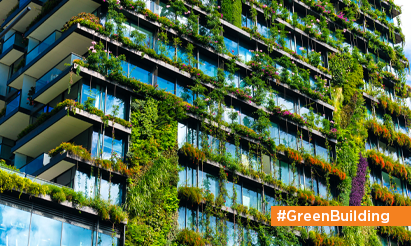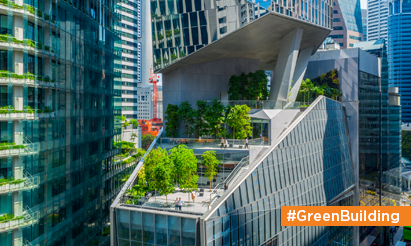The Green Revolution: How Building Policies Drive Sustainable Development!
Green building policies and laws bolster progress in a number of ways. They can:
- Set standards for energy efficiency and environmental performance. This helps to ensure that new buildings are built to be more sustainable, and that existing buildings are renovated to be more efficient.
- Provide incentives for green building. This can include tax breaks, rebates, and other financial rewards for developers and homeowners who choose to build or renovate green buildings.
- Increase awareness of green building. This can help to educate the public about the benefits of green buildings, and encourage more people to choose them.
- Create a market for green building products and services. This can help to drive innovation in the green building industry, and make green building more affordable and accessible.
Some examples of green building policies and laws include:
- The Energy Conservation Act of 2001 in India, which requires all new buildings to meet certain energy efficiency standards.
- The Leadership in Energy and Environmental Design (LEED) Green Building Rating System, which is a voluntary certification program that recognizes high-performing green buildings.
- The Green Building Code (GBC) of India, which is a set of mandatory standards for green buildings in India.
These policies and laws have helped to make green building more mainstream, and have led to a significant increase in the number of green buildings being built around the world. As a result, green buildings are now more affordable and accessible than ever before.
Here are some of the benefits of green building policies and laws:
- Reduced energy consumption and greenhouse gas emissions. Green buildings use less energy than traditional buildings, which helps to reduce greenhouse gas emissions and combat climate change.
- Improved air quality. Green buildings can improve air quality by using less energy and by incorporating features such as green roofs and ventilation systems that help to filter the air.
- Increased water efficiency. Green buildings can conserve water by using features such as rainwater harvesting and greywater recycling.
- Improved occupant health and productivity. Green buildings have been shown to improve occupant health and productivity by providing better indoor air quality, natural light, and thermal comfort.
- Increased property values. Green buildings have been shown to command a premium on the real estate market.
Overall, green building policies and laws are an important tool for promoting sustainable development. They can help to reduce our environmental impact, improve our health, and create a more sustainable future.
Disclaimer: The views expressed above are for informational purposes only based on industry reports and related news stories. PropertyPistol does not guarantee the accuracy, completeness, or reliability of the information and shall not be held responsible for any action taken based on the published information.





This blog effectively demonstrates how building policies play a pivotal role in shaping sustainable development. The author’s exploration of the green revolution and its impact on the real estate sector underscores the significance of regulations in promoting environmentally conscious practices.